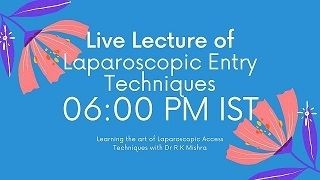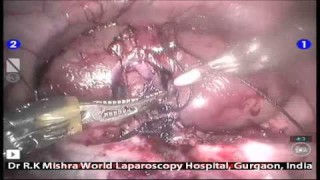Bilateral Salpingooophorectomy
Add to
Share
212 views
Report
2 months ago
Description
Bilateral salpingo-oophorectomy (BSO) is a surgical procedure in which both fallopian tubes (salpingectomy) and both ovaries (oophorectomy) are removed. This operation is commonly performed in gynecology for a variety of benign and malignant conditions. It can be carried out through open abdominal surgery, laparoscopy, or robotic-assisted techniques, depending on the indication and patient’s condition. Indications Bilateral salpingo-oophorectomy may be advised in the following situations: Gynecological cancers: Ovarian, tubal, or uterine malignancies. High-risk patients: Women carrying BRCA1/BRCA2 mutations or strong family history of breast and ovarian cancer (as a preventive measure). Severe endometriosis: When ovaries are extensively affected and cause chronic pain. Large benign ovarian masses or cysts: When conservative surgery is not possible. Chronic pelvic inflammatory disease (PID) with tubo-ovarian abscess. Perimenopausal/postmenopausal women with suspicious adnexal masses. Surgical Approaches Open (Laparotomy): Traditional abdominal incision, usually preferred in large tumors or malignancy. Laparoscopic: Minimally invasive approach with faster recovery, less pain, and minimal scarring. Robotic-assisted: Advanced precision for complex cases, particularly in oncological surgeries. Procedure The patient is placed under general anesthesia. Entry into the abdomen is achieved via laparoscopic ports or open incision. The ovarian vessels and tubal structures are carefully identified, coagulated, and cut. Both fallopian tubes and ovaries are completely removed. Specimens are sent for histopathological evaluation. Hemostasis is secured and the abdomen is closed. Benefits Reduces risk of ovarian and fallopian tube cancer. Provides definitive treatment for certain gynecological diseases. Can relieve chronic pain and symptoms associated with ovarian pathology. Risks and Complications Like any surgery, BSO carries potential risks: Surgical risks: Bleeding, infection, injury to adjacent organs (bladder, bowel, ureters). Hormonal consequences: If done in premenopausal women, immediate menopause occurs leading to hot flashes, mood changes, osteoporosis, and increased cardiovascular risk. Psychological impact: Some women may experience emotional or sexual health changes after loss of ovarian function. Postoperative Care Pain management and wound care. Early mobilization to prevent clots. Hormone replacement therapy (HRT) may be considered in younger women unless contraindicated. Follow-up visits for pathology results and long-term health monitoring. Conclusion Bilateral salpingo-oophorectomy is an important surgical procedure with both therapeutic and preventive applications in gynecology. While it can be life-saving in cases of cancer or genetic predisposition, it also has significant long-term implications, especially when performed before natural menopause. Therefore, decision-making should always involve thorough counseling, weighing the benefits against risks, and considering alternatives whenever possible.
Similar Videos






